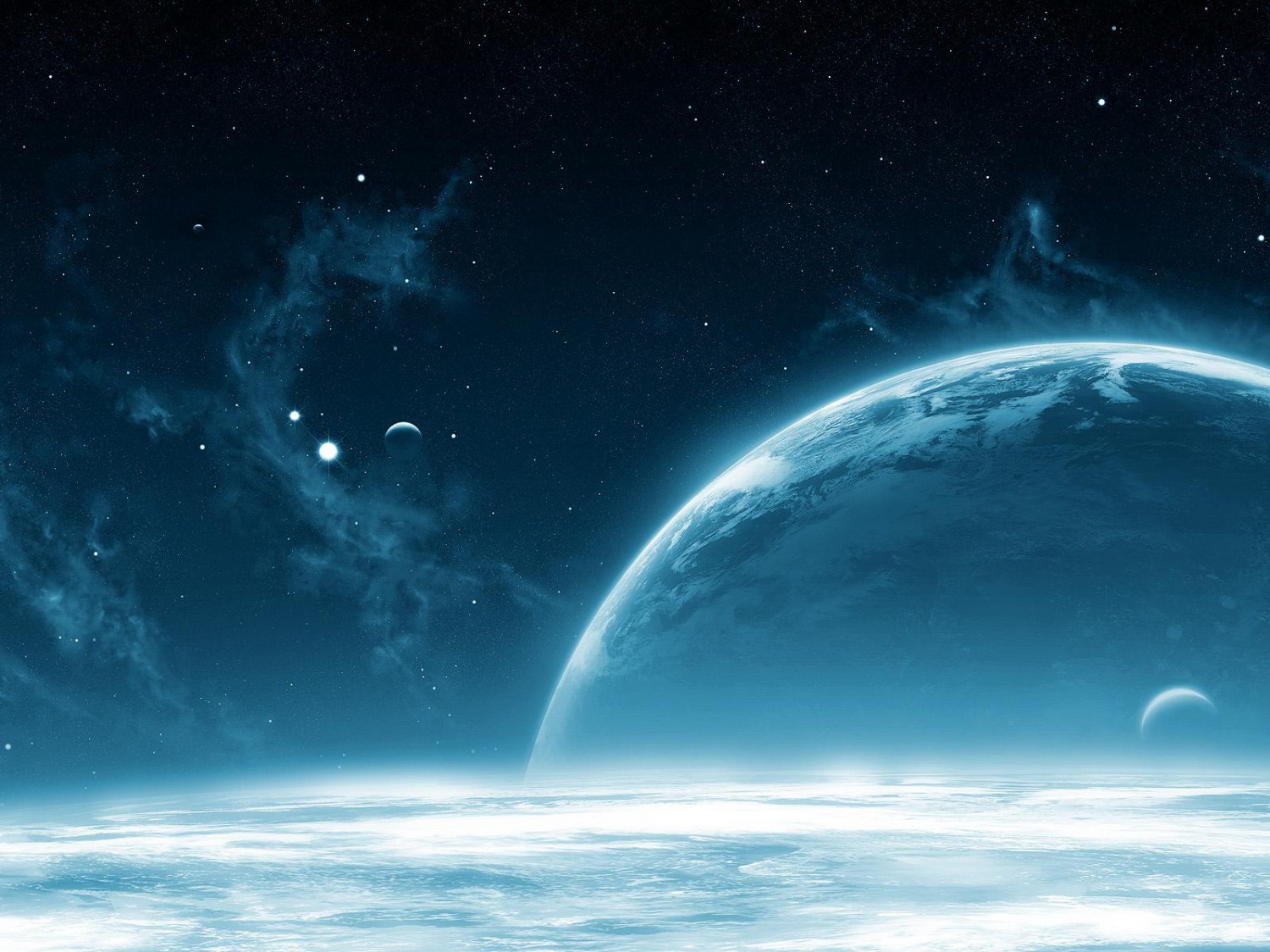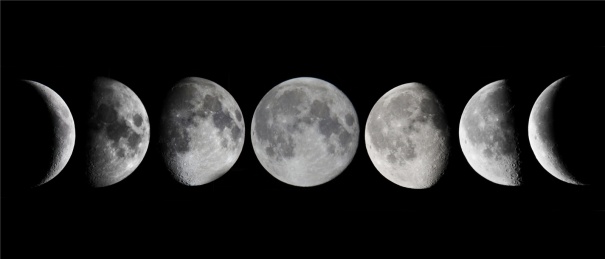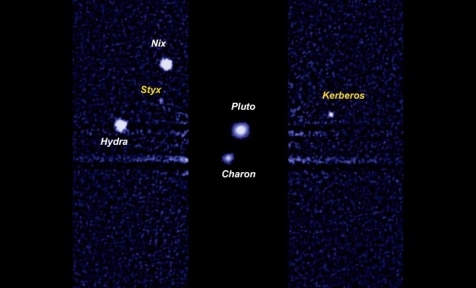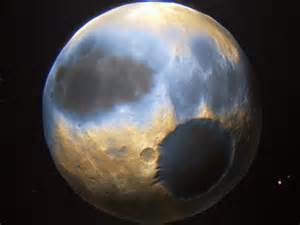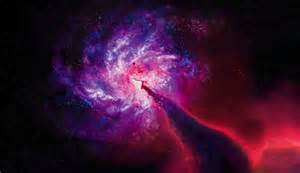Have you ever been one of those people who can never remember the order of the planets or all of their names? How many planets are there anyway? Basic knowledge is often easily forgotten when you don’t think about it consistently. I mean I know I can’t solve SIN or CoSin math problems because I haven’t done so in years. Well, this is a similar situation. We learn about the planets and their order and their meaning when we are in our early years. Its part of the core curriculum. Unless you were to specialize in the field and study cosmology, you could easily forget as the years pass and be hesitant to answer- How many planets and what order are they in? Is it 7? Wait is it 9? 8? Does mars come before mercury? Whats the planet with the J?
Don’t be embarrassed if these are questions that rise in your head? We have all been there. Im here to make it really simple to remember, something I do to help me study periodic facts.
LETS HEAR IT FOR THE ACRONYMS!!! THE BEST WAY TO REMEMBER THINGS!
(sometimes the dwaft planet Pluto is included)
My Very Educated Mother Just Served Us Nachos
Many Very Elderly Men Just Snooze Under Newspapers
My Vicious Earthworm Might Just Swallow Us Now
Make Very Easy Mash Just Smash Up New Potatoes (if you want to count pluto)
My Very Eager Mother Just Served Us Nuts
My Very Early Jam Sandwiches Usually Nauseate People (pluto)
{My favorite and most useful one}
My Very Easy Method Just Shows Us Nine Planets
- If this is something that interests you, then don’t be shy!
- If you use twitter, then it’s really simple! Just hashtag the words ORDER OF THE PLANETS and follow the updates and fun facts about our solar system.
#orderoftheplanets - OR if you prefer Instagram, check out some cool pictures by following the handle-
@mysolarsystem - Not interested in Twitter or Instagram? How about FACEBOOK?
Check out this page!
